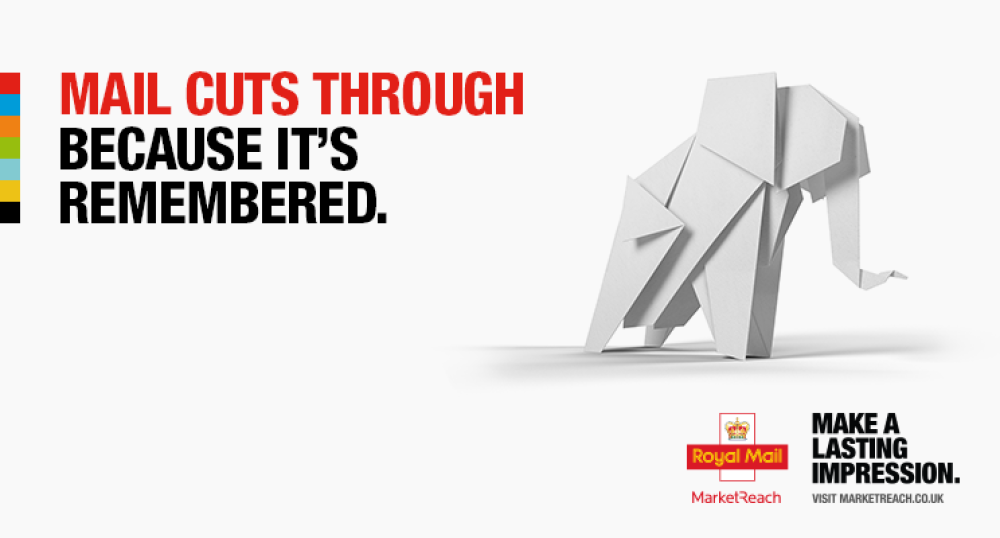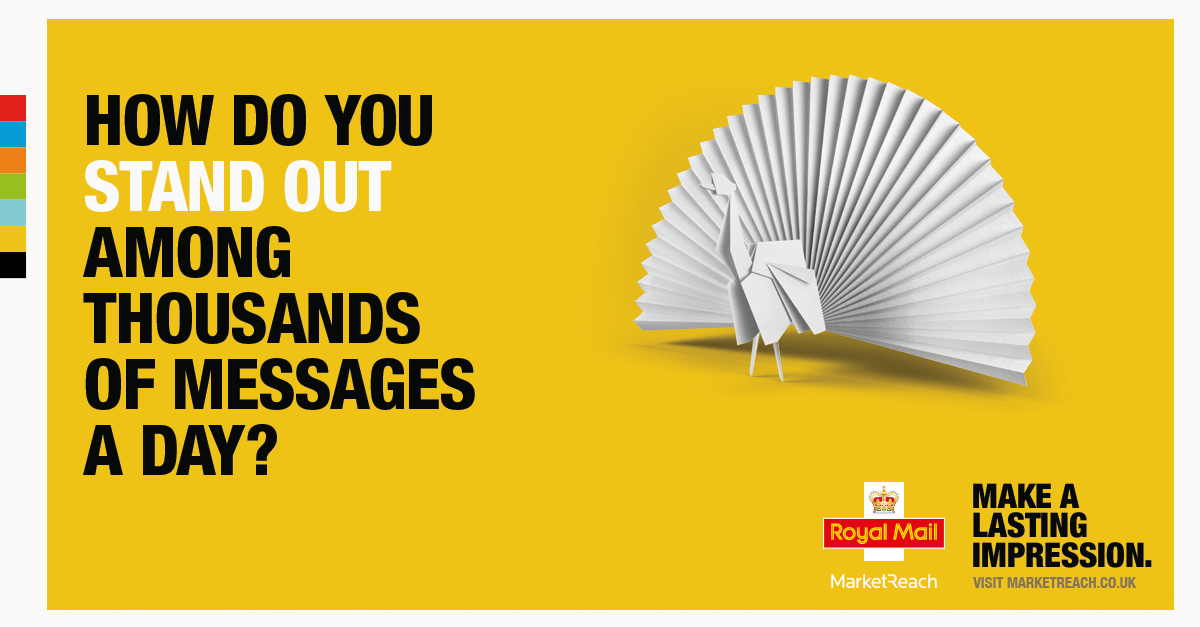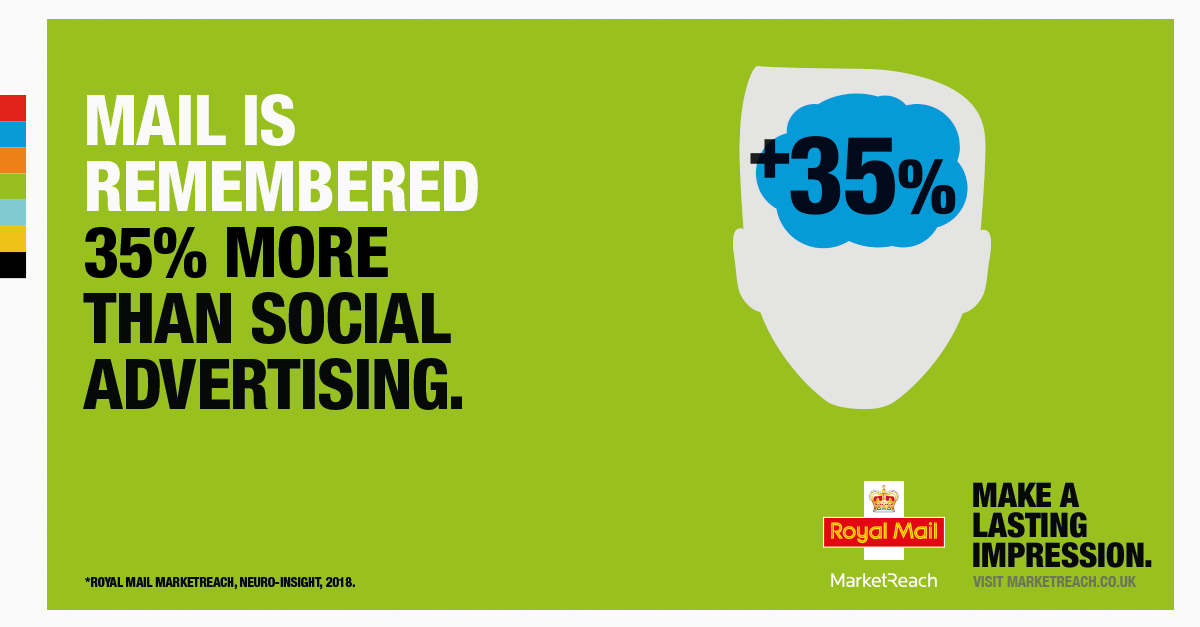Cutting Through the Noise
14 Feb 2019

The exact figures will vary from individual to individual, but there’s no doubt we are all exposed to a vast and growing number of advertising messages every day. Some estimates put the number at between 4,000 and 10,000.
Much of this is down to the increasing amount of time we spend in front of our screens, with an Ofcom 2018 study showing 88% of adults are online for 24 hours a week, the equivalent of a whole day. Truly, we live in a media-saturated society. According to the latest IPA Touchpoints figures, the average British adult consumes 8 hours and 11 minutes of media a day, often while carrying out other tasks simultaneously.

The result of this is that consumers increasingly experience advertising blindness, while some — via ad blockers — take active measures to avoid commercial messages. It’s therefore simply harder and harder for advertisers to stand out amongst the clutter and detritus of advertisements.
Increasingly, therefore, advertisers have to find a way to cut through the clutter, to gain attention, be remembered and, ultimately, drive action from consumers.
The appliance of neuroscience
So how can you cut through the noise and engage an audience with a message that’s memorable and inspires action? Could mail help marketers with this challenge?
It could. In the latter part of 2018, we turned to neuro-marketing experts Neuro-Insight to understand how consumers respond subconsciously to physical and digital media, how they process brand messages, and how different media contribute to memorability.
Participants in the survey were fitted with visors and headsets and looked at mail (yes, actual physical stuff), email and social media advertising.
The aim was to capture the long-term memory encoding effects of the different media. This is a key metric because it measures the strength of how a stimulus (marketing message) converts into long-term memory.
For marketers, long-term memory encoding is significant because it correlates with decision making and thus to purchase intent. It is both an enabler and a predictor of future action.
Physicality and memorability

For mail advertisers, the results offer genuine encouragement. Mail had by far the largest impact on long-term memory encoding, 49% stronger than email and +35% more than social media advertising.
Part of this, we believe, is a simple matter of physicality. In an increasingly virtual age, mail’s tactility helps it stand out. Something you can touch, feel, hand to another person or display is likely to have a greater impact.
But there’s more to it than just physicality.

Mail advertisers, for example, are also likely to be focused on timeliness and relevance to the recipient. The more relevant something is the more personal it is, and the more the recipient is likely to feel valued. As a result, we are more likely to pay attention to and remember it.
Certainly, this reinforces the results of a quantitative study we carried out with Kantar, where 65% of mail recipients said they were likely to give mail their full attention, compared with just 35% for email.
Mail drives actions
Thus this Neuro-Insight study shows us that, by cutting through the clutter, mail achieves the long-term memorability that is the starting point of any advertiser activity.
From our previous research and through JICMAIL (the Joint Industry Committee for Mail), an independent body that measures mail performance, we also know that mail also meets other key channel criteria for advertisers.
Mail is trusted, with 87% of recipients saying mail is believable, compared to 48% for email.
It reaches every household in the UK.
And mail drives commercial actions, with the IPA’s Touchpoints study reporting that 37% of mail recipients bought or ordered something in the previous 12 months as a result of receiving mail.

In my next post I’ll look at how the neuroscience shows how mail drives greater engagement, and how it works in conjunction with other media channels, including acting as a primer for social media.
In the meantime, you can download our free neuroscience report from here

Please login to comment.
Comments